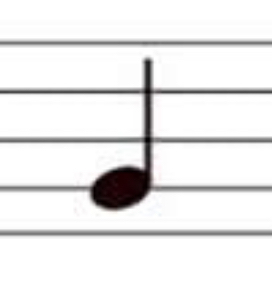If anyone is wondering, this is the C6/9 chord shown on sheet music, a keyboard, and guitar tablature. I have started using the 6/9 chords a lot since they are just so warm and cozy.
A “6/9” chord means that when playing a triad (a chord with 3 notes), you would add the 6th and the 9th note in the scale that the chord is in. So for instance, the key of C has neither sharps nor flats, so C major is [C, D, E, F, G, A, B, C]. To make a C major triad, we take the 1st, 3rd, and 5th note of the series and play them together [C, E, G]. To make this a 6/9 chords, we add the 6th and 9th, so [C, E, G, A, and D].
The sequence in the major scale I provided has only 8 notes in it, so to make a note the 9th, you are just taking the 2nd and popping it up an octave. In this case, D is both the 2nd and 9th, but we say the 9th because we want to have that D on the high end of the note and really sing out!
6/9
Ni/ce
Thanks for sharing! Great explanation of how the chord is built, too.
Here is an alternative Piped link(s):
Here’s Adam Neely to explain more.
Piped is a privacy-respecting open-source alternative frontend to YouTube.
I’m open-source; check me out at GitHub.
MEOW meow meow meow,
MEOW meow meow meow,
meow meow meow meow MEOW meow meow meow.
I mean yea, we can’t all be Jacob Collier, but you gotta admit this would sound weird in Pythagorean temperament. Just because you can make it more complex doesn’t mean you should.
Translating for the drummers here.

It’s a nice chord, but it annoys me irrationally that you have an octave between C and E on the staff but not on the keyboard below it.
The fretboard doesn’t match either of them. It shows CEADG
Yea I just looked up C6/9 on images and pulled these up. Not the same voicing at all, but they’d still sound nice together.
Isn’t it a C6(add9) chord? I thought C9 would imply a 7th.
Fair! C9 does imply the 7th, but I always thought the 6 in C6/9 was over ruling the 7th.
I actually never thought about the difference between 9 and (add 9)- thank you for that!



